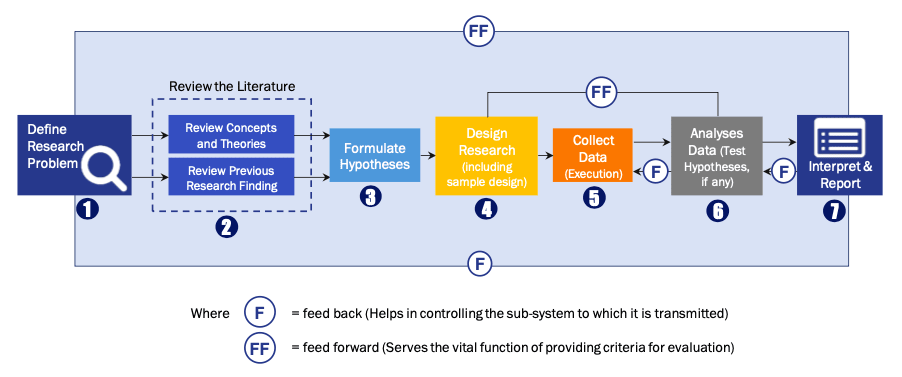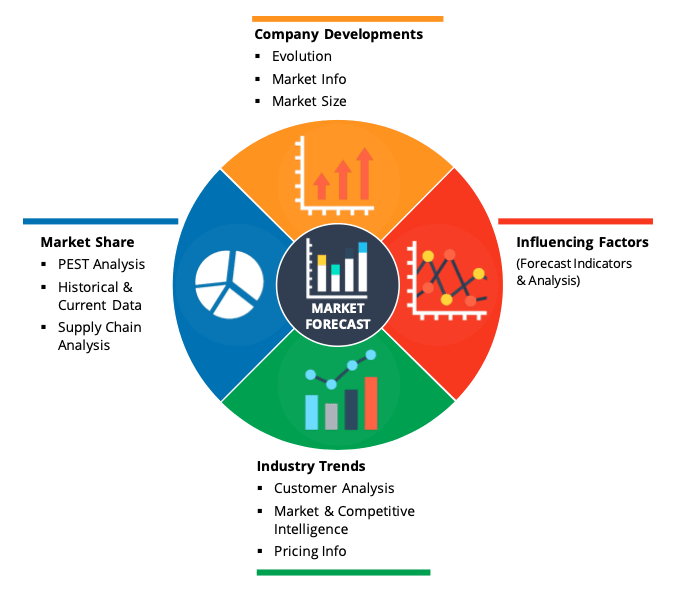Like many other industries, COVID-19 badly knocked the electronic and semiconductor industries. This unprecedented event has impacted nearly 230 countries in just a few weeks, resulting in the forced shutdown of manufacturing and transportation activities within and across the countries. This has directly affected the overall sector's growth. It is estimated that COVID-19 to leave more than USD 30 billion impacts on the electronics and semiconductor industry. The sector is majorly affected due to transport restrictions on major electronics and semiconductor raw material providers. However, the emerging need for semiconductors in several industries will offer rapid market recovery over the future period.
The smart wellness market is presumed to expand in the conjunction with surge in incidences of various diseases coupled with expanding healthcare services across the world. The growing need for health nursing, owing to surging adoption of urbanized lifestyle can also accelerate the market growth.
Furthermore, growing advancements in the smart technology have directed to the rise of applications across variety of domains. Within healthcare sector, the escalating popularity of the smart technology offers host of growth prospects to new entrants. Recently, an Austin couple established ‘Wellbody App’ that deals with the holistic daily practices. Industry participants are presently focusing on the product inventions to capitalize on flourishing the market. For instance, company named, Samsung Electronics updated its Samsung Health app that can now provide more interactive and personalized experience to its users.
Segment Overview
Based on component the smart wellness market was segmented as hardware, software and services. Among these, the hardware has the most potential to gain top position in smart wellness market and is expected to achieve a considerable growth rate in the coming years.
Based on the types of smart wellness technology is segmented as health Information Exchange (HIE), healthcare IT, healthcare analytics. The healthcare IT is leading the market at a considerable growth rate.
Regional Overview
North America accounted for the top position in the global market during the forecast period. The market growth is largely supported by frequent technological innovations and high availability of variety of advanced solutions. High demand for the smart wellness devices amongst numerous end-users in the U.S. and Canada also supports the market growth.
The Asia Pacific market for smart wellness is expected to witness growth at fastest rate in upcoming years, the growth is attributed to the mounting awareness among people and surging internet connectivity with regard to health. The region is known for its attraction with fitness gadgets, and also to the continuous advancements in the technology that mainly take place in developing countries such as India, and China and developed country such as Japan.
Competitor overview
Huge existence of the portable and connected healthcare devices and products in market combined with rapidly increasing demand for various smartphone applications has further raised revenue generation of market participants. The market is expected to observe similar growth pattern during the forecast period of 2020 to 2026.
The leading market players of smart wellness market include Omron Healthcare, Inc., Inc., McKesson Corporation, St. Jude Medical, GE Healthcare, Inc., Draeger Medical Systems, Inc., Samsung Electronics, Fitbit, Inc., Medtronic PLC, Apple, Inc., Philips Healthcare Company, among others.
Key Players
Market Segmentation
By Component
By Type
By Connectivity
By Geography
Data Library Research are conducted by industry experts who offer insight on industry structure, market segmentations technology assessment and competitive landscape (CL), and penetration, as well as on emerging trends. Their analysis is based on primary interviews (~ 80%) and secondary research (~ 20%) as well as years of professional expertise in their respective industries. Adding to this, by analysing historical trends and current market positions, our analysts predict where the market will be headed for the next five years. Furthermore, the varying trends of segment & categories geographically presented are also studied and the estimated based on the primary & secondary research.
In this particular report from the supply side Data Library Research has conducted primary surveys (interviews) with the key level executives (VP, CEO’s, Marketing Director, Business Development Manager and SOFT) of the companies that active & prominent as well as the midsized organization
FIGURE 1: DLR RESEARH PROCESS

Extensive primary research was conducted to gain a deeper insight of the market and industry performance. The analysis is based on both primary and secondary research as well as years of professional expertise in the respective industries.
In addition to analysing current and historical trends, our analysts predict where the market is headed over the next five years.
It varies by segment for these categories geographically presented in the list of market tables. Speaking about this particular report we have conducted primary surveys (interviews) with the key level executives (VP, CEO’s, Marketing Director, Business Development Manager and many more) of the major players active in the market.
Secondary ResearchSecondary research was mainly used to collect and identify information useful for the extensive, technical, market-oriented, and Friend’s study of the Global Extra Neutral Alcohol. It was also used to obtain key information about major players, market classification and segmentation according to the industry trends, geographical markets, and developments related to the market and technology perspectives. For this study, analysts have gathered information from various credible sources, such as annual reports, sec filings, journals, white papers, SOFT presentations, and company web sites.
Market Size EstimationBoth, top-down and bottom-up approaches were used to estimate and validate the size of the Global market and to estimate the size of various other dependent submarkets in the overall Extra Neutral Alcohol. The key players in the market were identified through secondary research and their market contributions in the respective geographies were determined through primary and secondary research.
Forecast Model
